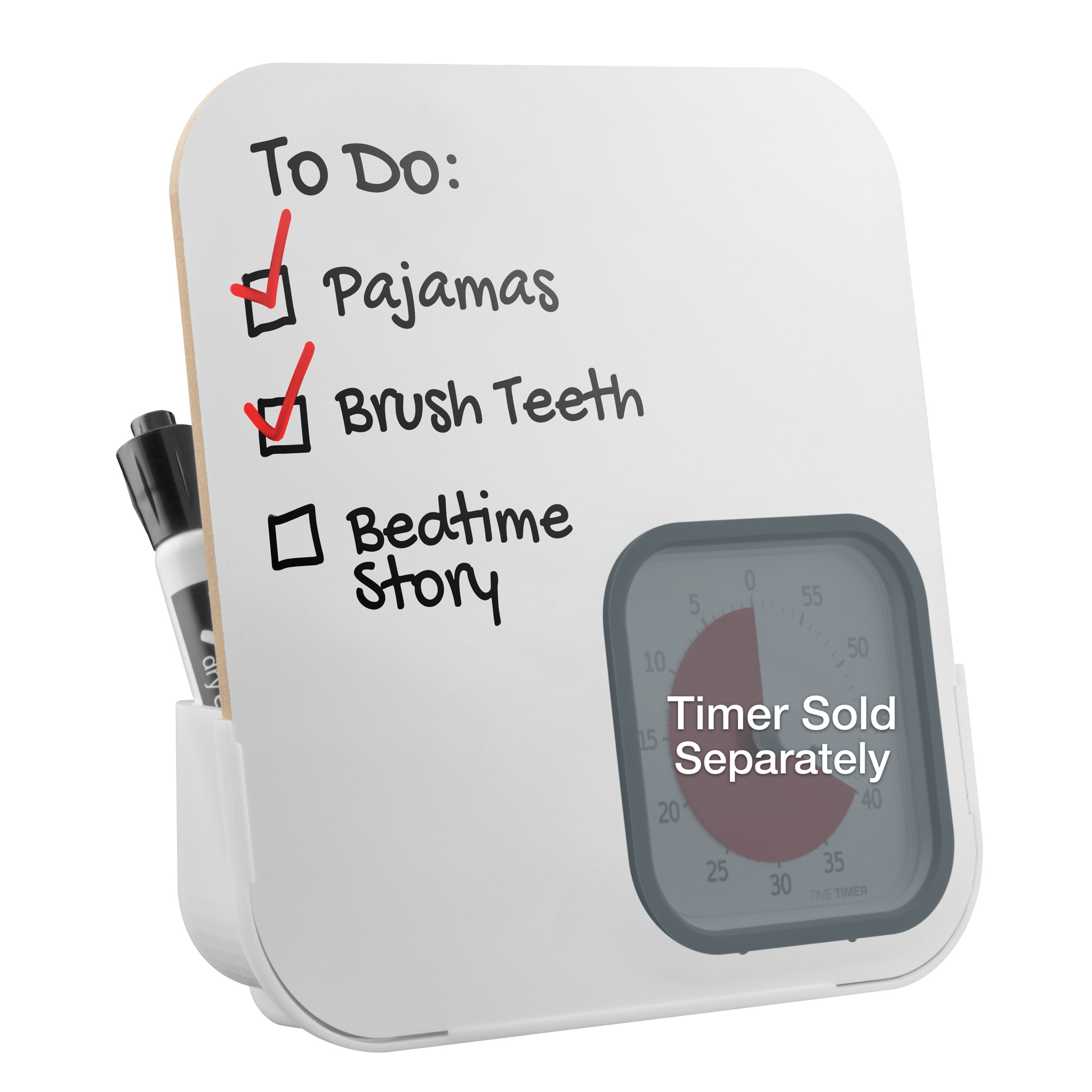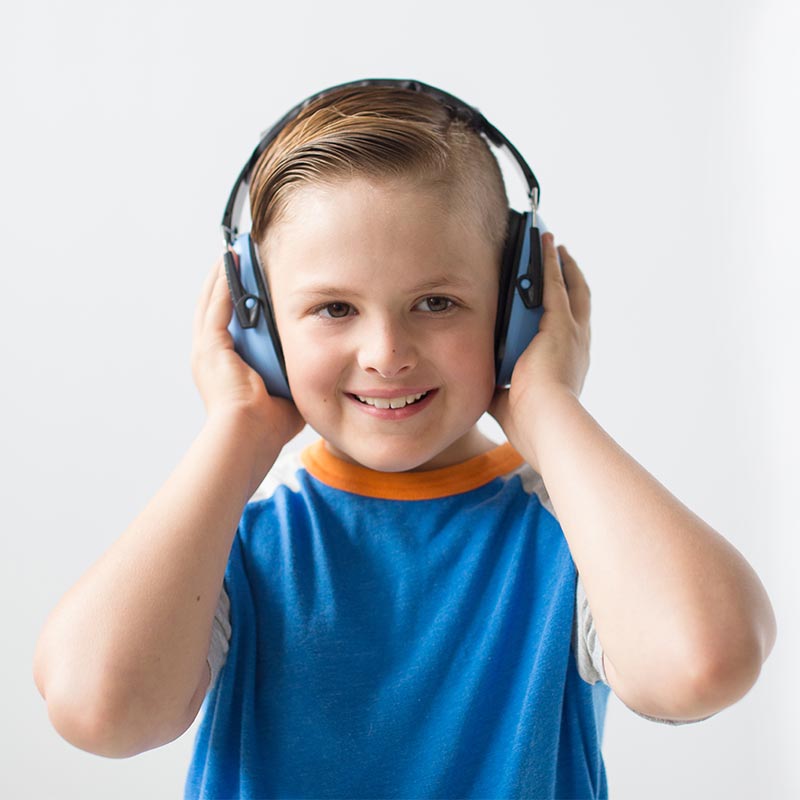
Back to school already! Kids and adults can find it tough to adjust to the school routine after a summer break, especially when there are behavioral, emotional or sensory challenges. Here are eight tips to help children ease into the school routine with minimal stress.
1. Shift into the school routine a few weeks before school actually starts. Have your child go to bed and wake up at the time they would during the school year. Consistent bedtime and breakfast routines will help your child feel a sense of stability and establish a routine as other things are changing.
2. Charts or lists can help kids get back on track with school routines. Kids can benefit from having a list of things to do each day. Make a visual chart to help children see what's expected and guide their day. For example, illustrate the chart with tasks like make the bed, eat breakfast, brush teeth, and organize backpack. The tasks can be in the order of morning to evening, or around different points of the day such as before school, after school and bedtime.< 3. Visit your child's school before the first official day. Many schools are open during regular hours in the weeks before the first day of school. Call ahead and try to schedule a time when your child's teacher will be there. Spend a few minutes walking around the building with your child, pointing out places which will be important to him or her during school routines, like the library, the cafeteria, the gym, the classroom and the playground.
4. Include your child in the back to school planning. Shopping for school supplies can be a great way to get excited about starting school. Allow your child to make choices at the store when possible. Purchase backpacks and school clothes well in advance so children can try them on and identify items that are bothersome or uncomfortable. A calming deep pressure shirt can be worn alone, under a vest, or under a school uniform. The compression provides sensory input to a child throughout the day, calming and supporting attention.
6. Reading is great for development and younger children are likely to have story time at school. Practice sitting still and having your child keep his or her hands to themselves while you read aloud.
7. Anxious feelings are normal in times of change. Prepare a sensory backpack with tools to help your child thrive within the classroom, and manage the transitions. Try to anticipate when your child may need to use a sensory strategy so you can prepare together. For example, riding on the noisy bus or waiting on line can be overwhelming. Pack some fidget toys, such as putty or stress balls, as well as headphones.
























Comments